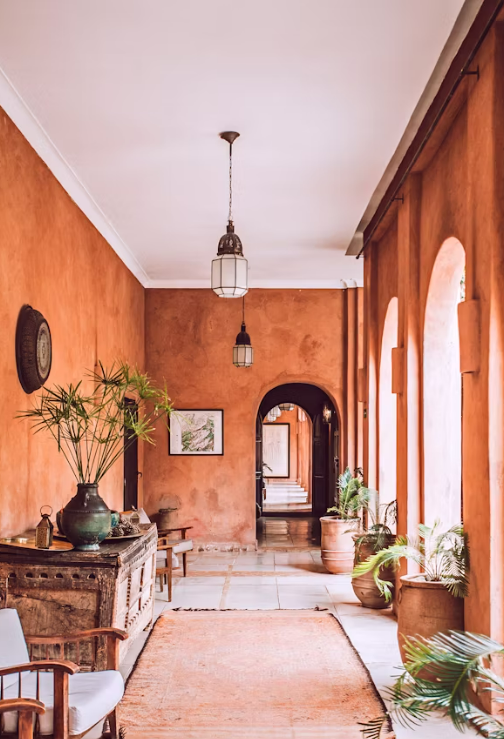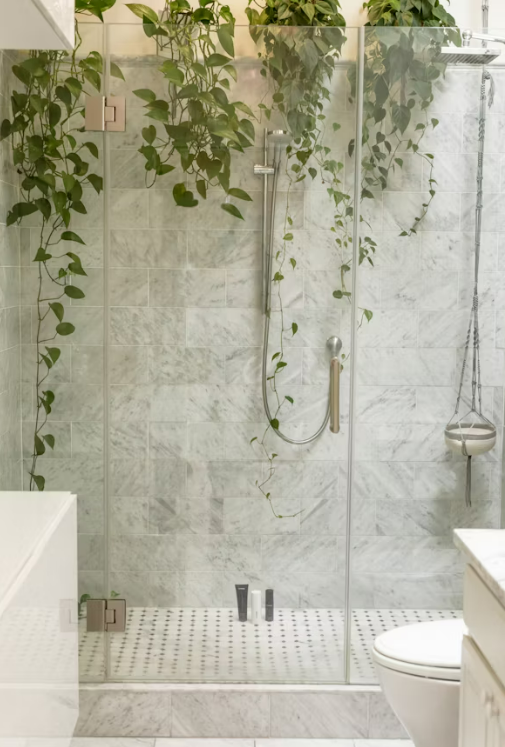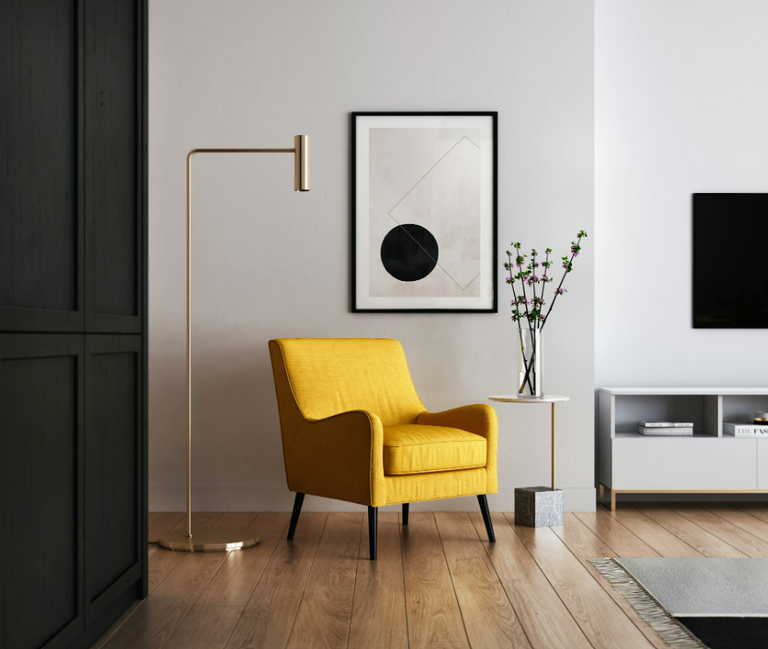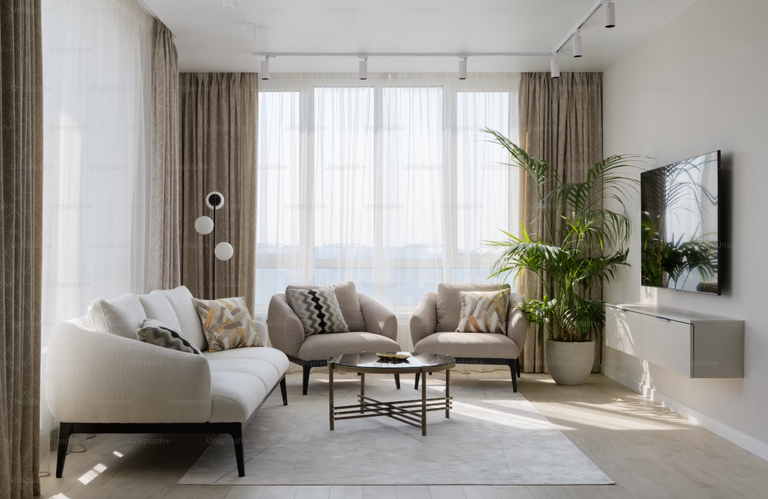Interior design has always been a reflection of cultural and societal shifts, adapting to changing lifestyles, technological advancements, and aesthetic preferences. Today, interior design is more dynamic than ever, blending functionality with creativity to create spaces that are not only beautiful but also sustainable and personalized.
1. Sustainability in Design
One of the most significant trends shaping modern interior design is the emphasis on sustainability. With growing awareness of environmental issues, designers are increasingly turning to eco-friendly materials and practices. Recycled woods, bamboo, cork, and reclaimed materials are becoming staples in home décor. Additionally, energy-efficient lighting, low-VOC paints, and furniture made from sustainable sources are gaining popularity. The goal is to create spaces that minimize environmental impact while maintaining a chic and contemporary aesthetic.
2. Biophilic Design: Bringing Nature Indoors
Biophilic design is another transformative trend, focusing on incorporating natural elements into interior spaces. This includes integrating plants, natural light, water features, and organic shapes to foster a connection with nature. Living walls, indoor gardens, and large windows that invite ample sunlight are common features in biophilic interiors. Beyond aesthetics, this approach is known to improve mental well-being and productivity, making it a popular choice for both residential and commercial spaces.
3. Smart Homes and Technology Integration
The integration of technology in interior design has revolutionized how spaces function. Smart home systems allow homeowners to control lighting, temperature, security, and entertainment with a simple voice command or smartphone app. Wireless charging furniture, automated blinds, and voice-activated assistants are seamlessly blending into interiors, adding convenience and a futuristic touch.
4. The Rise of Minimalism
Minimalism remains a timeless design philosophy, emphasizing simplicity, clean lines, and functionality. In minimalist interiors, every piece serves a purpose, and clutter is kept to a minimum. Neutral color palettes, open spaces, and multifunctional furniture characterize this trend. The focus is on creating serene environments that promote relaxation and mindfulness.
5. Maximalism: Bold and Eclectic
In contrast to minimalism, maximalism celebrates boldness and individuality. This trend involves layering patterns, textures, and colors to create visually rich spaces. Think vibrant wallpapers, statement furniture, and an array of décor items that reflect the homeowner’s personality. Maximalism is about storytelling and creating spaces that feel curated and unique.
6. Personalization and Customization
Modern interior design is increasingly moving towards personalization. Homeowners want their spaces to reflect their tastes, lifestyles, and stories. This has led to a surge in custom-made furniture, bespoke artworks, and tailored layouts. Personalization ensures that interiors are not only functional but also deeply meaningful to their inhabitants.
7. Industrial Aesthetic
The industrial style, inspired by old factories and warehouses, is another popular trend. It features exposed brick walls, metal accents, raw wood, and concrete finishes. This rugged yet stylish aesthetic is often paired with modern elements to create a harmonious blend of old and new.
8. Color Trends and Textures
Color trends in interior design are continually evolving. While neutral tones like beige and gray remain popular, bolder hues such as emerald green, navy blue, and terracotta are making a strong comeback. Textures, too, are playing a crucial role, with velvet, leather, and woven fabrics adding depth and warmth to interiors.
9. Multifunctional Spaces
With the rise of remote work and urban living, multifunctional spaces have become a necessity. Designers are finding innovative ways to maximize small spaces, incorporating foldable furniture, hidden storage, and flexible layouts. A living room can double as a home office, and a bedroom can transform into a gym with the right design elements.
10. Global Influences
Interior design today is a melting pot of global influences. Scandinavian minimalism, Japanese wabi-sabi, Mediterranean breeziness, and African tribal patterns are just a few examples of how international styles are inspiring modern interiors. This fusion of cultures allows for a diverse range of design possibilities.
Conclusion
Interior design continues to evolve, driven by the need for sustainability, technology, and personalization. Whether it’s the serene appeal of minimalism or the bold statements of maximalism, today’s interiors are a testament to creativity and innovation. As we look to the future, the possibilities in interior design are boundless, offering endless opportunities to transform spaces into reflections of individuality and purpose.



